The Wasp season has been the busiest for years usually 40-60 Nests are treated or removed, this year we are at 317 and counting.
Wasps can pose several risks to humans, pets, and property, especially in warmer months. Here’s a breakdown of the main risks.
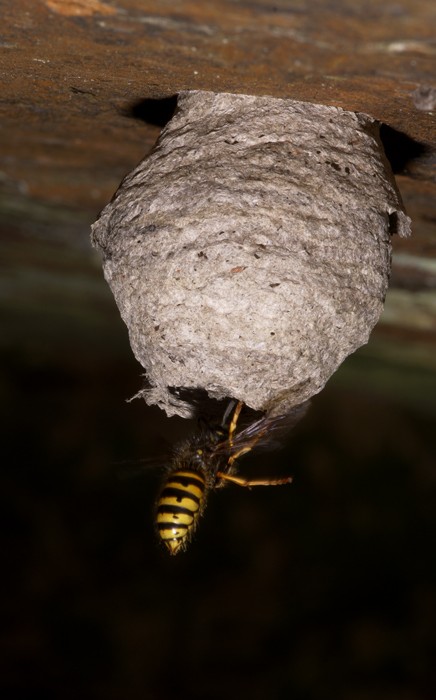
Why Has the season been so Busy?
It was a particularly warm May which allowed nests to get established and the weather has been pretty good ever since, the wasp activity has been off the scale with some properties having over 5 nests in 1 roof.
Wasp Life Cycle Diagram
Given below is the diagram of the Life Cycle of the Wasp.
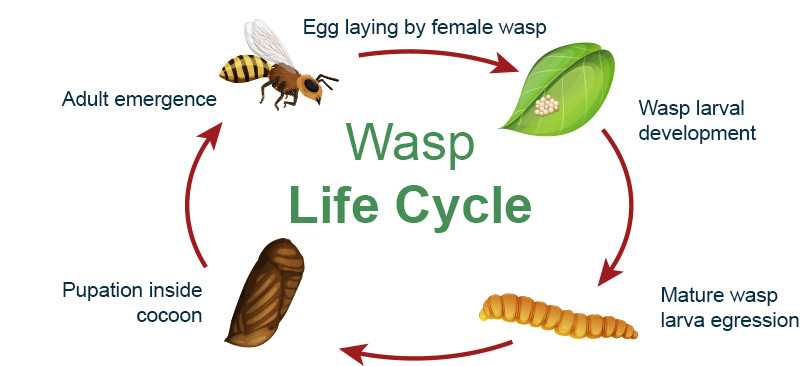
Wasp Life Cycle Stages
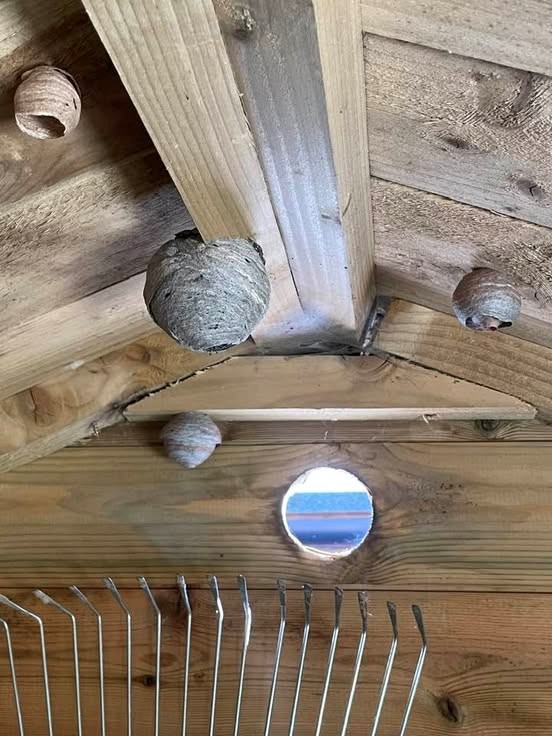
Egg Laying Stage
The egg stage of a wasp’s life cycle begins in the spring when the queen wasp emerges from hibernation.
- She builds a honeycomb-like cell structure out of wood fibre. In each cell of the new nest, the queen lays a single egg. She lays around 200 to 300 eggs in a day.
- The eggs hatch into a larva in 5‒8 days. The larvae feed on the food brought back by the workers and grow into new worker wasps.
- After they have completed their first moult, worker wasps starts gathering food and building their nest.
- Towards the end of summer or the beginning of autumn, as the nest approaches its maximum size, the queen initiates the laying of the last batch of eggs. These will become future queens and unfertilized drones.
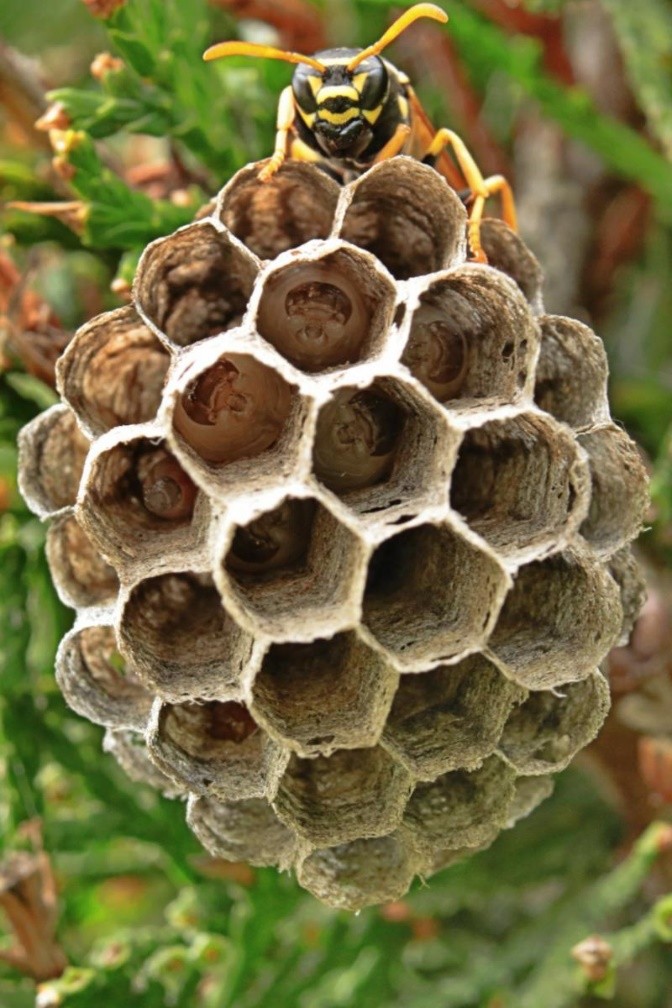
Larva Stage
The larval stage of a wasp is when the larvae hatch from eggs and eat other larvae and eggs in the nest.
- Larvae are small, white, and grub-like, with no legs. They resemble maggots or caterpillars.
- During this stage, the queen wasp feeds the larvae with protein-rich food, such as spiders and insects. The larvae eat and mature, outgrowing their skin, growing a new layer, and shedding the old one. This process is called moulting.
- After five growth-moults, usually two weeks later, the larvae spin a cocoon in the cell and enter the pupal stage. About a week later, the adult worker wasp emerges from the pupal case.
Pupal Stage
During the pupal stage, the larvae transform into adult wasps. The pupal stage can last for several weeks, depending on the species of wasp and the temperature
- As the larvae mature, they enter the pupal stage, during which they undergo metamorphosis.
- It takes 8-18 days before an adult worker wasp emerges from the pupal case.
- As the wasp pupates, it goes through a transformation process, growing legs, wings, and developing visibly separate body parts (head, thorax, abdomen) and eyes.
Adult Stage
The adult stage of a wasp is when it emerges from a cocoon as an adult wasp.
- The total time it takes for a wasp to go from egg to adult is approximately 28-48 days, although the length of time spent in each stage is determined by environmental conditions.
-
Once fully developed, the adult wasp is responsible for:
- Building and maintaining the nest.
- Foraging for food.
- Protecting the colony. - Wasps can be up to one and a half inches long and come in a variety of colours including red, yellow, orange, white, and blue.
- Wasps continually grow their nests to house the rising numbers of insects in the colony. Nest of some species are large whereas some have small and compact nest.
Wasp Eggs
Wasp eggs are whitish in colour and look like small grains of rice. In the spring, the queen wasp wakes up from hibernation and builds a honeycomb-like cell structure out of wood fibre.
- The queen then lays a single egg in each cell of the new nest.
- The queen wasp can lay up to 300 eggs per day.
- The eggs are white and oval shaped.
- The egg hatches into a larva in 5‒8 days.
- The larvae feed on regurgitated insects and nectar.
- The larvae spin cocoons and pupate after about 2 weeks.
- The pupae emerge as adult wasps after about 2 weeks.
Conclusion - Wasp Life Cycle
Wasps undergo a metamorphic life cycle consisting of four stages: egg, larva, pupa, and adult. The wasp life cycle begins when the queen lays eggs in cells within the nest. As the larvae mature, they undergo metamorphosis and enters the pupal stage. Gradually it develops as a fully formed adult wasps. Influenced by environmental factors and roles within the colony the duration of the life cycle of wasps varies across species. Worker wasps, with shorter lifespans, support the queen, while males play an important role in reproduction. The life cycle ensures the survival and continuation of the wasp colony.
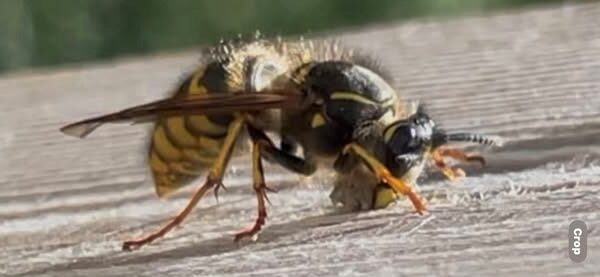
Don’t risk an unplanned visit to A&E with a dangerous Wasp Sting
Highland Pest Control can typically remove nests within 24hrs of a phone call
